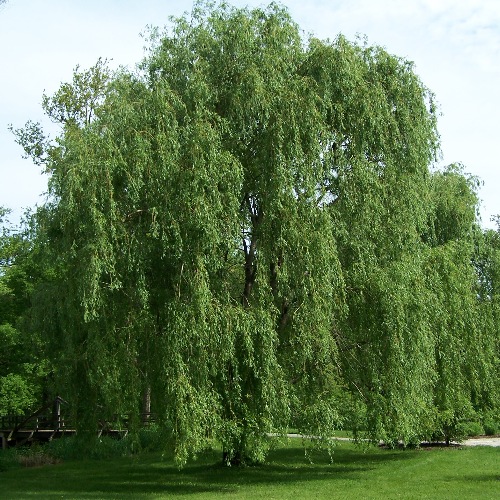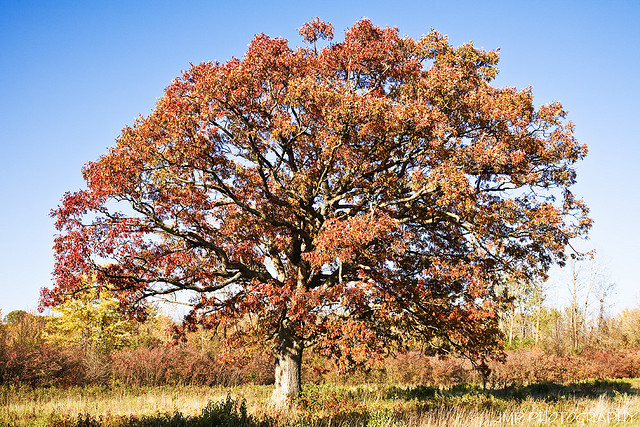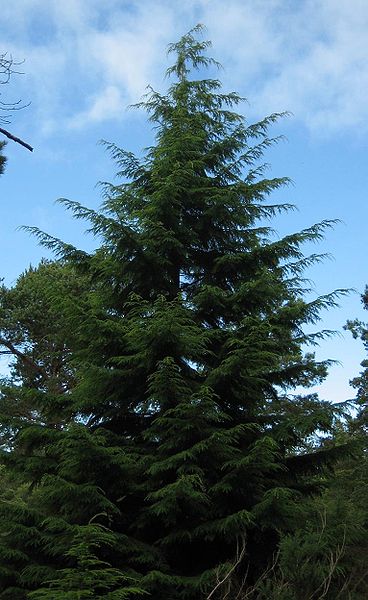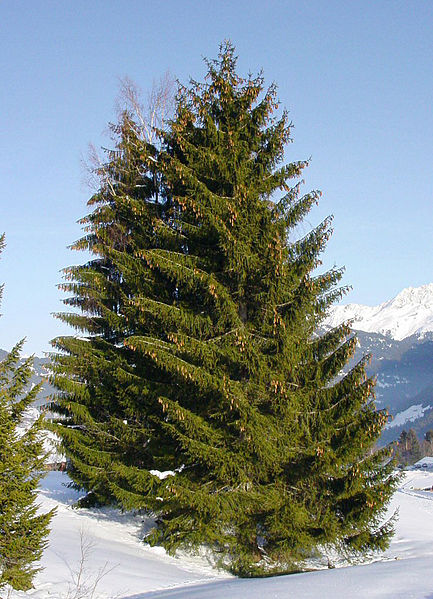Interactions
For this webpage, I have chosen to treat G. lucidum(below left) and G. tsugae(below right) as a single species. The main difference between the two is that G. lucidum grows typically on hardwood trees and stumps. On the flip side, G. tsugae is found on the stumps or dead trunks of coniferous trees, typically Picea(spruce), Pinus(pine), and Tsuga(hemlock). However, it should be noted that each species has been cultivated on each type of wood. So this really pulls at the question, how do you define a species?
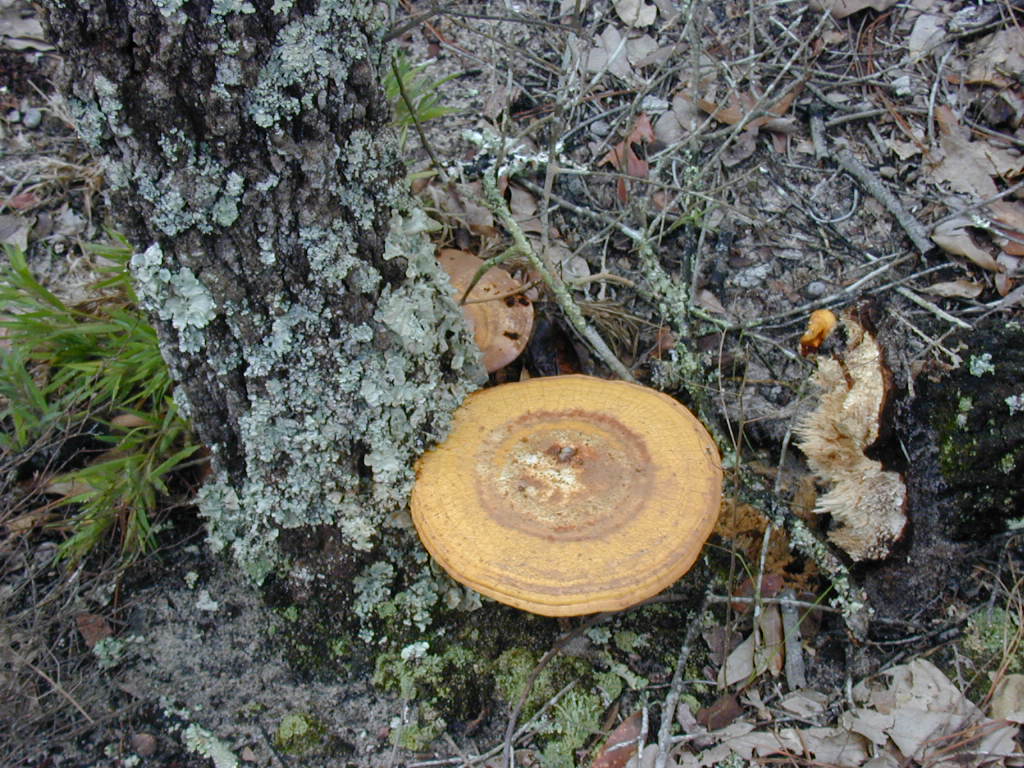 In North America G. lucidum is commonly seen
on oaks, hazels, beech, apple, black locust, willow,
Norway spruce, hemlock, and
Douglas fir.
The trees are typically dead when the mushrooms are
present. If the
tree is dead but still standing, the mushrooms tend to appear at
the base. The
fungus can also be found in the roots of the trees which can
lead to white root and butt rot, attacking the tree at a site of
an injury.
In most ecological situations, this fungus is seen as a
saprophyte. This
means that is a valuable decomposer for the recycling of
nutrients for other organisms to use.
However, it should be noted that in some cases it is
actually a parasite that attacks living trees.
In North America G. lucidum is commonly seen
on oaks, hazels, beech, apple, black locust, willow,
Norway spruce, hemlock, and
Douglas fir.
The trees are typically dead when the mushrooms are
present. If the
tree is dead but still standing, the mushrooms tend to appear at
the base. The
fungus can also be found in the roots of the trees which can
lead to white root and butt rot, attacking the tree at a site of
an injury.
In most ecological situations, this fungus is seen as a
saprophyte. This
means that is a valuable decomposer for the recycling of
nutrients for other organisms to use.
However, it should be noted that in some cases it is
actually a parasite that attacks living trees.
Young fruiting bodies of G. lucidum are occasionally eaten by squirrels, chipmunks, mice, voles, and deer. Once these fruiting bodies mature they become too tough to be eaten by any of these animals.
Now it's time to see all of the amazing Medicinal Properties this mushroom possesses.
Back to Reproduction Ganoderma lucidum Home
